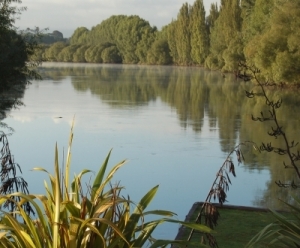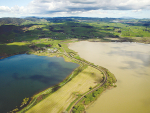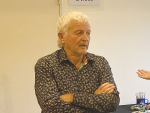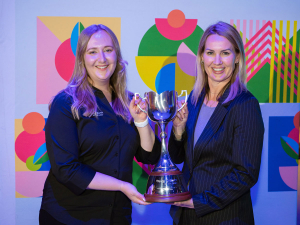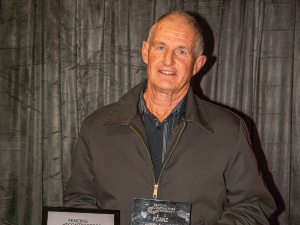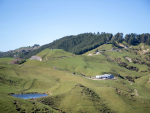The Waikato Regional Council says it hopes the forecast rain this week will ease pressure on low flows in the Waikato River.
"Besides being good news for farmers and others in need of rain, the wet conditions this week will hopefully be the start to a significant easing of low flow pressures," says the council's resource use group manager Chris McLay.
Councils, power companies, major water users, iwi, and health and civil defence officials have met to share information on their planning for lower flows in the Waikato River if drought conditions persist.
The parties have been developing their contingency plans to cover a range of scenarios and shared that information at a meeting convened by Waikato Reagional Council. Participants agreed to keep sharing information regularly on developments.
Under Mighty River Power's Lake Taupo resource consent, restrictions on water flowing out of the lake are imposed when its level hits 355.85m above sea level (compared to Wednesday's level 17cm higher at 356.02m above sea level).
To help slow Lake Taupo's decline to 355.85m above sea level Mighty River Power has reduced the minimum current flow from Karapiro from 148 cubic metres a second (cumecs) to 140cumecs within the process allowed by their resource consent.
But, once the 355.85m above sea level is reached, restrictions mean that the water released from the Karapiro dam must not exceed inflows into Lake Taupo and the Waikato River hydro- electricity system, putting Lower Waikato River flows back to what they would have been without hydro operations in place.
Under the restrictions, it is estimated the amount of water coming from Karapiro would be reduced from 140cumecs to between 70 cumecs and 120 cumecs. This would result in a further drop in river levels in the Lower Waikato River.
Most of the bigger water takes from the Waikato River are below Karapiro. So councils and industries using water from the river downstream of Karapiro are required to take the risk into account in their contingency planning.
It was felt last week that Lake Taupo could possibly reach the 355.85m above sea level mark by early next month if there was no significant rain before then.
"It is heartening to see the rain being forecast this week but the major water users are planning for a worst case scenario just in case," says McLay.
"Parties at the meeting are confident they had the appropriate plans in place to cope if Lake Taupo hits the 355.85m above sea level point," says McLay.
"We have all committed to working closely together and sharing information so that we are collectively well-placed to respond to any problems."

